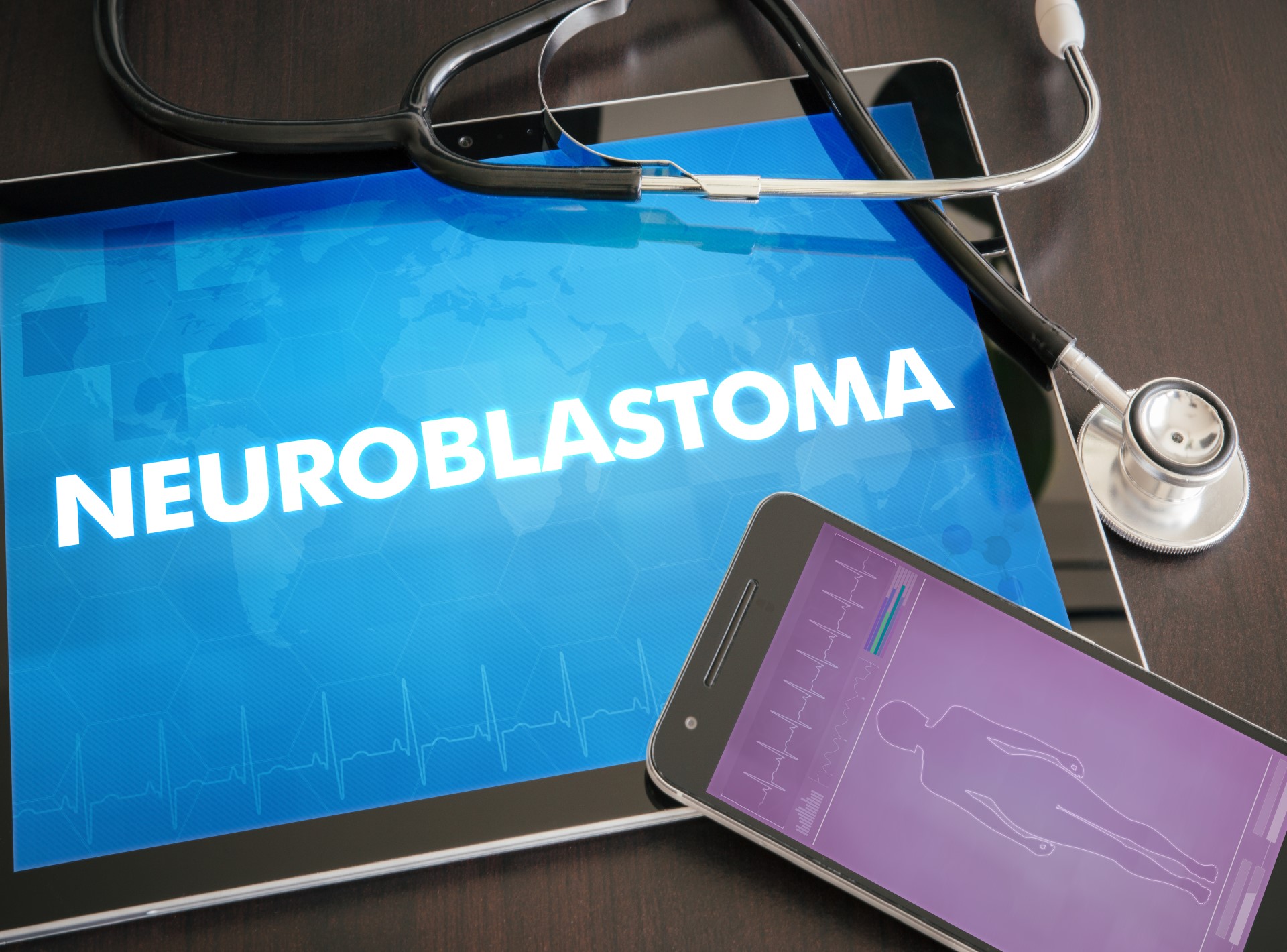
Every Australian child and young adult with high-risk neuroblastoma will now have free access in hospital to a promising medicine, known as DFMO, which is not otherwise available.
DFMO (or difluoromethylornithine) was approved by the US Food and Drug Administration for use in neuroblastoma in December 2023.
Minister for Health and Aged Care, Mr Mark Butler, said that after engaging with the drugmaker Norgine over several weeks and advocating on behalf of Australian children and their families, the Government had secured an undertaking that Norgine will make DFMO available to Australian patients for free, while it pursues the necessary approvals for a PBS listing.
“Until Norgine establishes its compassionate access scheme, the Government will provide funding to ensure that major paediatric hospitals across Australia can provide DFMO to every Australian child with high-risk neuroblastoma, for free and with no payment required,” he said.
Although DFMO was discovered years ago, it was not studied for its use in cancers till the early 2000s, and prior to that it had been completely restricted to its use in African sleeping sickness.
Eventually, several laboratory studies showed a direct and statistically significant relationship between ornithine decarboxylase (ODC1) and MYCN gene expression, which led to the exploration of newer avenues for the use of DFMO – especially in neuroblastoma.
Due to the higher levels and activity of ODC as well as the elevated amounts of polyamines associated with human neuroblastoma cell lines, DFMO has been extensively researched and shown to reduce the risk of relapse and improve survival of patients suffering high-risk neuroblastoma.
When DFMO was added to neuroblastoma cell lines as a part of the same study, there was growth inhibition mediated by ODC1 suppression and was observed in cells independent of MYCN amplification. Cells demonstrated cytostasis (and not cytolysis) in the presence of DFMO.
Around 20 Australian children have high-risk neuroblastoma, which is a cancer which affects the nervous system and is most common in children and babies under five years old with an incidence rate of approximately one in 7,000 live births.
Previously, Australian families have been forced to seek treatment overseas in the US, which could cost up to $500,000, while other children have missed out because they could not afford the treatment or were too sick to travel.
The Commonwealth will provide funding to state and territory governments to support them to administer DFMO to eligible patients, free of charge, through the Drug and Therapeutics Committees of major public hospitals and is further supporting treatment through the national public hospital funding agreement.
“This will ensure that patients with high-risk neuroblastoma can obtain the medication without expense and overseas travel, and around 20 patients are expected to benefit each year over the next two years,” Mr Butler said.
“The fully Commonwealth-funded scheme can begin immediately, as soon as the Committees of the major public hospitals approve the administration of DFMO in their hospitals.”

